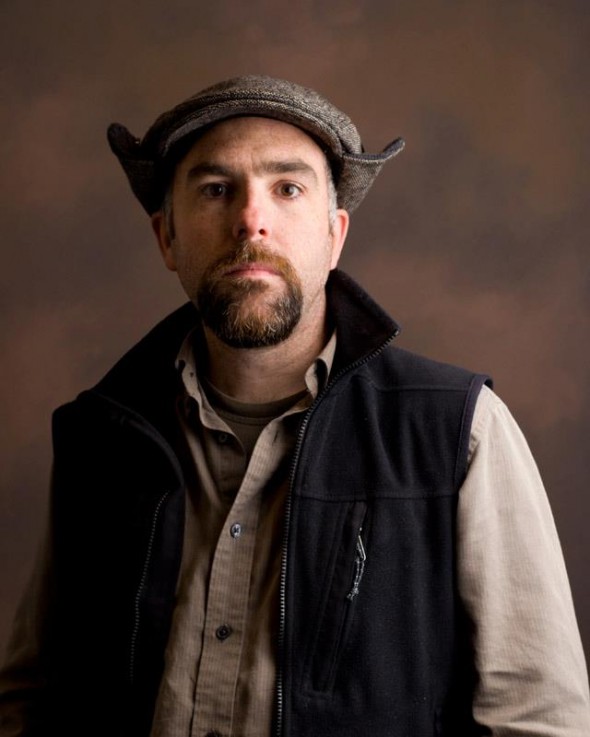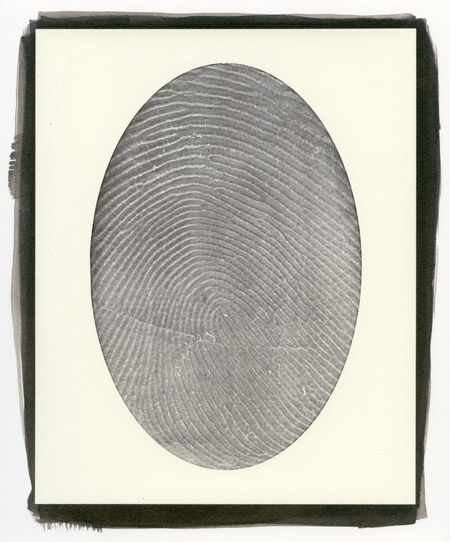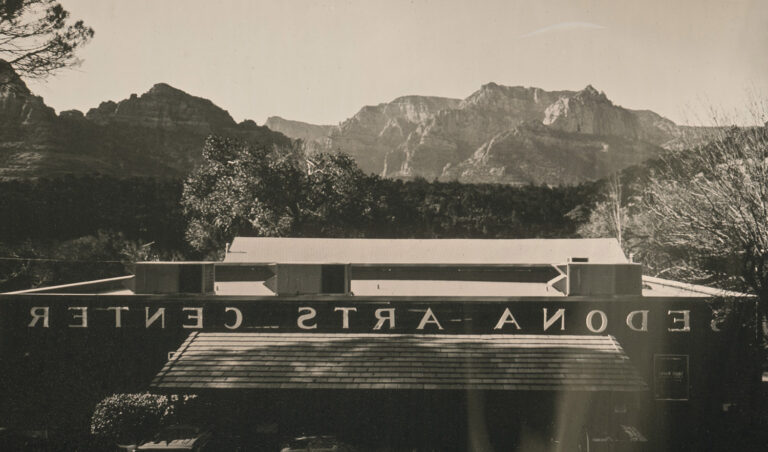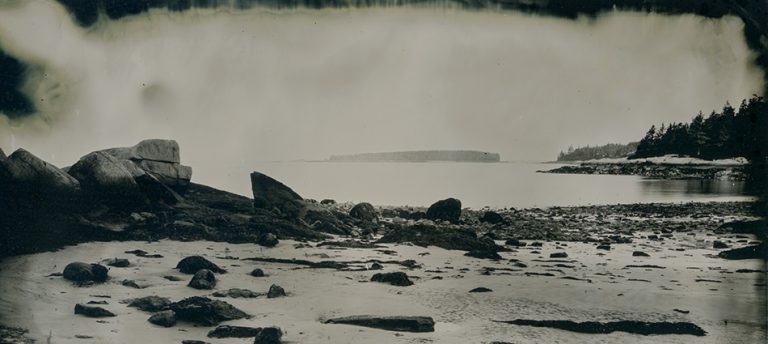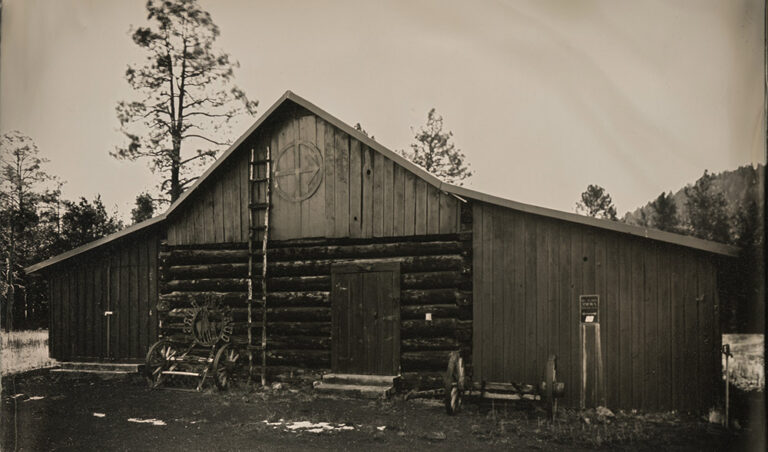I have been told that my penchant for making self-portraits says something about me, in a psychological sense. That my choice to photograph myself is in itself meaningful. Or that it’s just pure narcissism.
What I have to say about myself and my work – and I do think I have a certain amount of introspective authority on the subject – is the following:
- I am available to myself. I like to photograph other people and do so frequently. Ultimately I am more interested in these photos. Many times, however, I just need a face or a body – any body – and whose body isn’t important.
- If it is an experiment of some kind I don’t need the hassle of finding another person, nor do I need to impose on them. I can sit there for hours tweaking lights or changing depth of field and only have my own schedule to worry about. If it becomes a thread in my work then perhaps making portraits of others would be more relevant.
- “The image means nothing…it’s just exciting to look at.” -Mike and Doug Starn.
Fractured: In this new body of work I explore the fractured way in which we view the world. More specifically these pieces address the state of chaos the contemporary photography practice finds itself in. Being self-portraits they also naturally speak to my own inability to focus and hint at a deep-seated anxiety about…
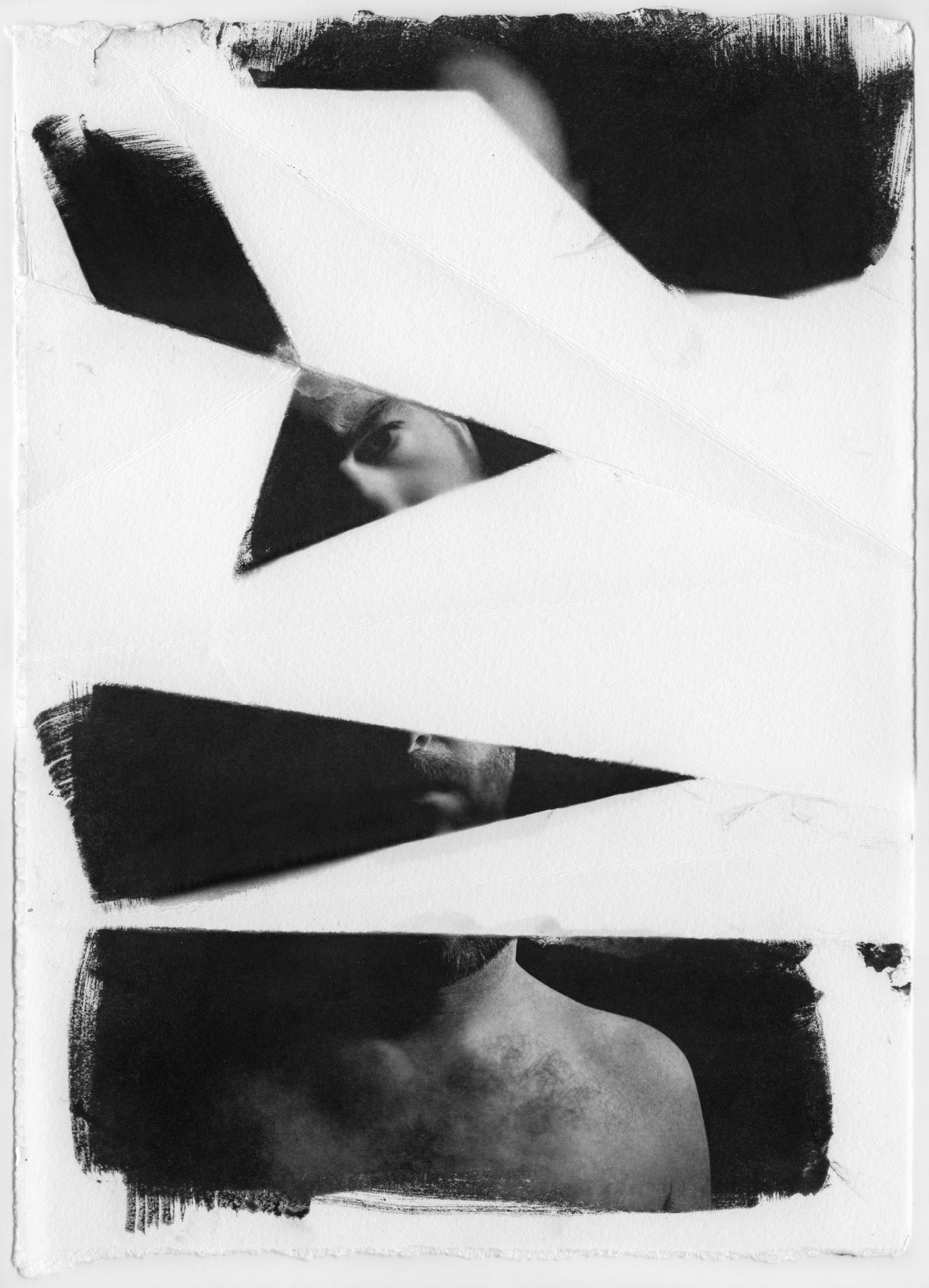
…oh, who am I kidding: I did it ’cause I thought it might look cool. (I made this statement coincidentally a few days before hearing the Starn twins’ expression of the concept.) I wanted to see what would happen if I folded the paper before painting on the light-sensitive emulsion, to see how the image would be pulled apart as a result.
The choice of self-portrait is not random, in this case, but also not some deep-seated psychological thing either. Once I folded the rather large sheet down I realized it was pretty small. So many of my available negatives were out because they were too big. I also knew the final image would be broken up with a lot of white space, so I felt a complex image might be too hard to recognize and read – I needed a more-simple, bolder image to start with.
Finally, I wanted a photo that had some decent fidelity – I wanted a photo, not an abstraction like a cyanotype, for example. I decided on kallitype as being the easiest, fastest, cheapest way to address these needs, and of the suitable negatives (type and size, remember) I realized this self-portrait would be neat. That’s it.
My left thumb: I wanted to see what it would look like to have a very high-res scan of my thumbprint, rendered in a palladium print. I ended up somewhat accidentally using a new form (for me) of the oval frame, which makes me feel something I’m still thinking about. Also remembered the (now) funny story of getting stitches from trying to peel a banana. Did not think about that scar when I scanned – I just picked that thumb so I could run the computer mouse with my right hand.
I happened to be the only person in the lab the day I scanned my thumb. Yes, I could have found somebody else, but at this point it’s just an experiment – I want to see what happens, how it looks. Maybe now I’ll go out and get other people’s thumbprints and see what stories they reveal. Maybe I will move on to another idea.
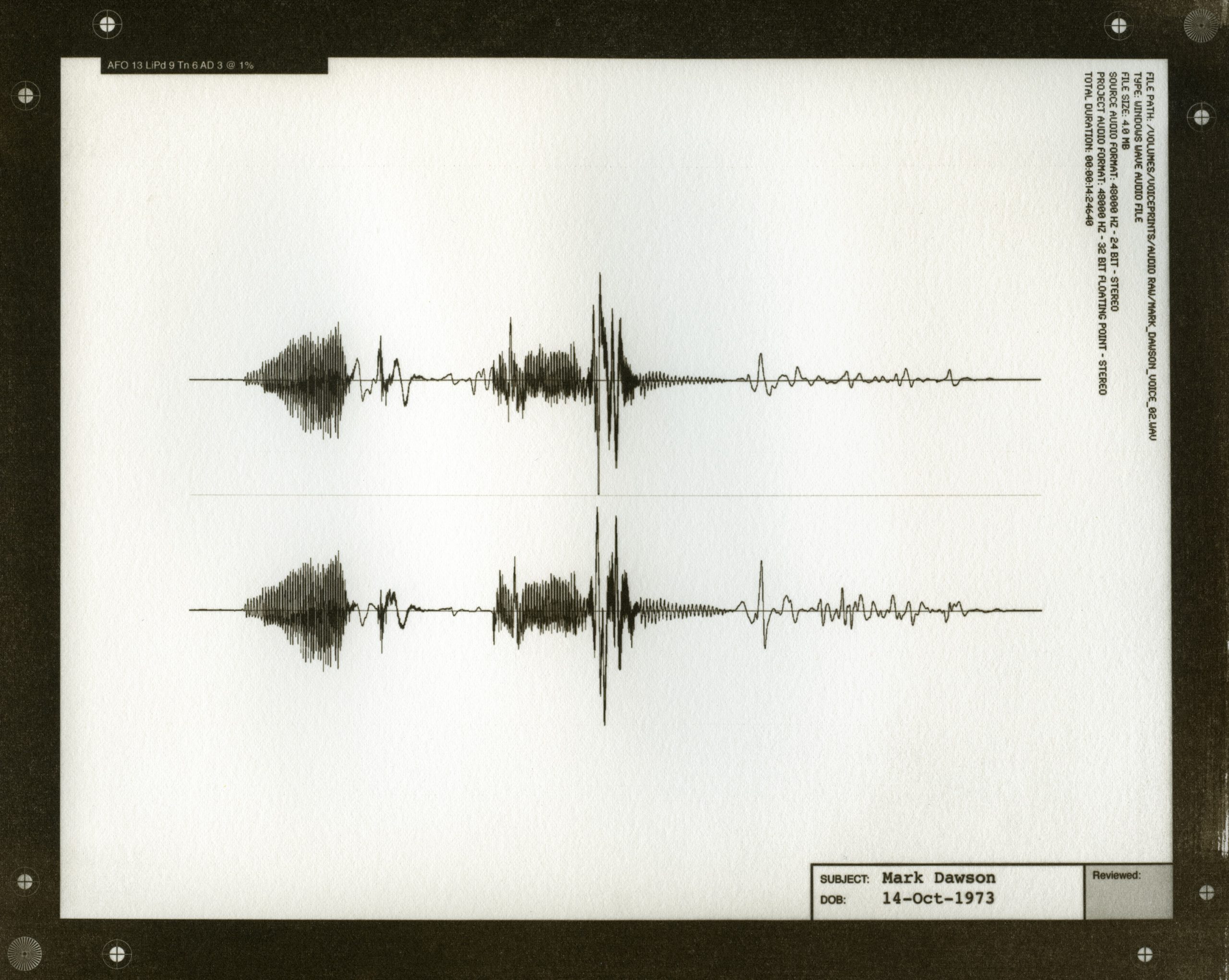
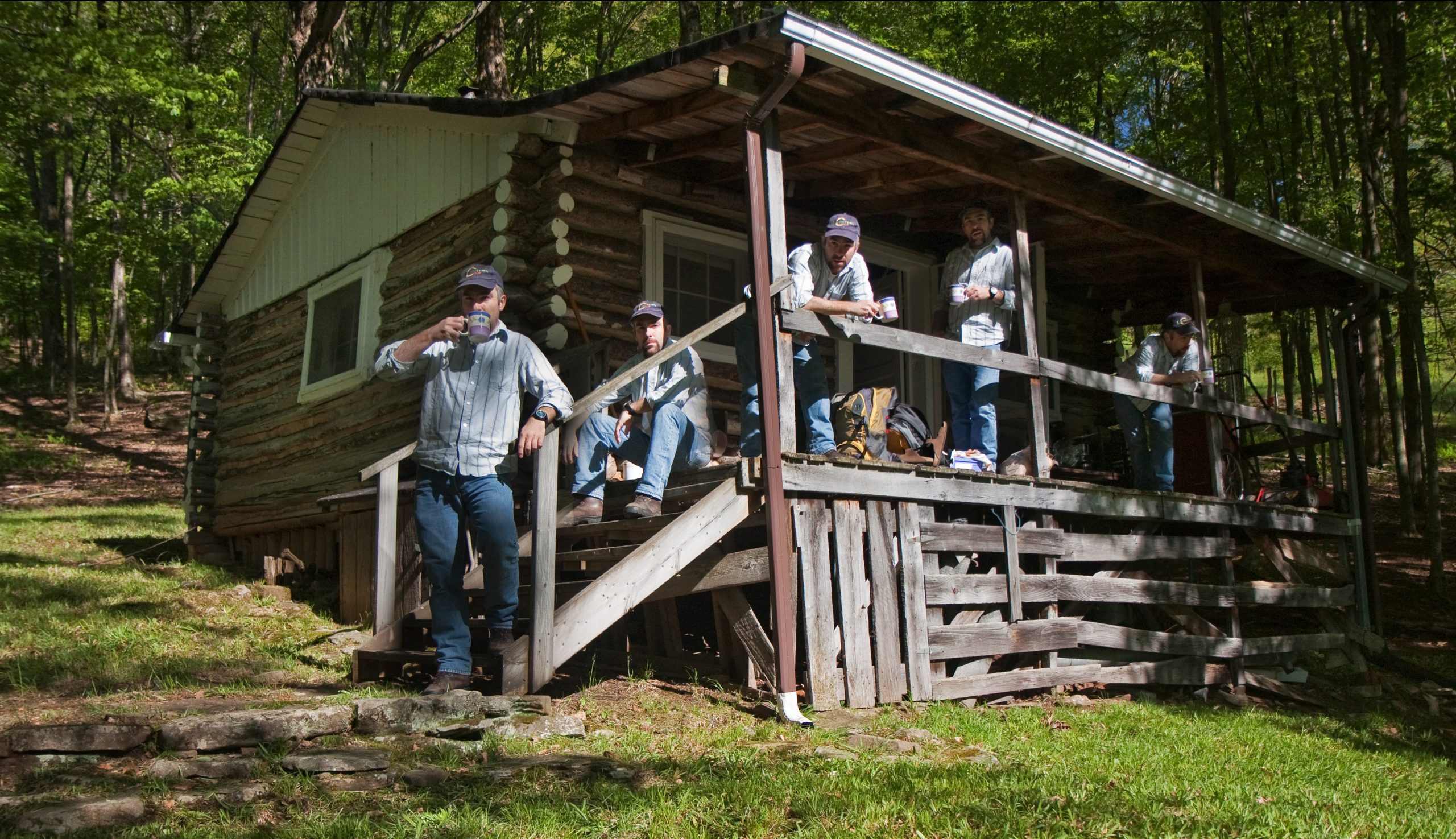
My use of self-portraits is not psychological any further than whatever it might say about my pragmatic approach to making the work – again, I am available to myself. If the viewer wants to look for psychological statements it would be in the content of the image – my pose, expression, etc. – go for it, I’m sure it’s there.
The choice to do self-portraits, for now at least, lies in practicality rather than psychology.
Update from April, 2021: I have expanded into tintype (wet plate) self-portraiture!
